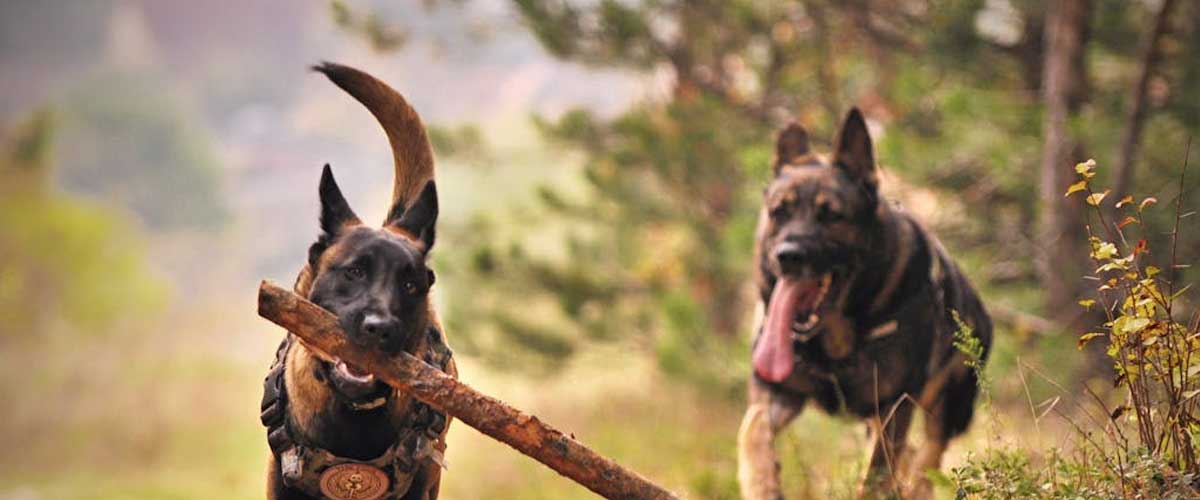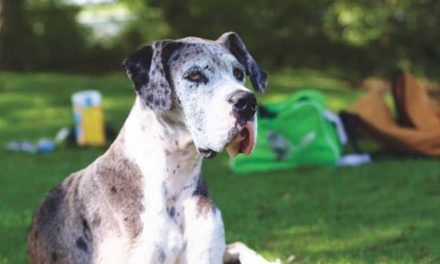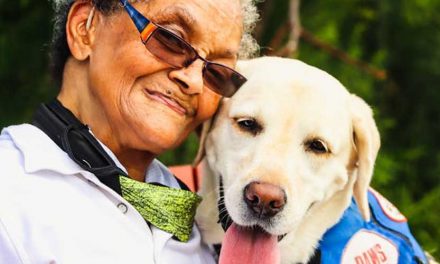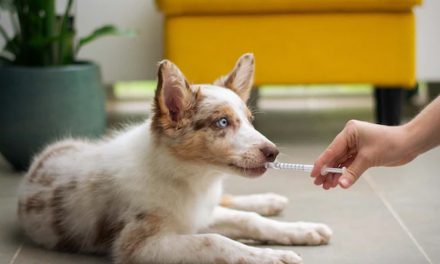The bond between humans and dogs has evolved significantly over the years, particularly from the 19th to the 20th century.
This transformation reflects broader social changes, technological advancements, and the shifting roles of dogs in society.
The 19th Century: Working Dogs and Companions
In the 19th century, dogs primarily served practical purposes.
Many breeds were developed for specific tasks, from herding sheep to hunting game.
The era saw the rise of breeds like the Collie and the Bloodhound, which were cherished for their abilities rather than their companionship.
In rural areas, dogs helped with agricultural duties, while in urban settings, they often protected property or assisted in delivering goods.
Moreover, the 19th century was a time when dog shows began to gain popularity, leading to the formalization of breed standards.
The Kennel Club in the UK, founded in 1873, played a crucial role in establishing these standards and promoting purebred dogs, which set the stage for a shift towards a more aesthetically-driven appreciation for dogs.
The 20th Century: From Utility to Companionship
As society progressed into the 20th century, especially post-World War II, the role of dogs began to change dramatically.
With urbanization and changing lifestyles, many families welcomed dogs into their homes, not just as working animals but as cherished companions.
This period marked the rise of the pet culture we recognize today, where dogs became integral members of the family.
A Shift in Breeds
The dog breeding industry expanded rapidly in the 20th century.
While working breeds still held popularity, smaller and more companionable breeds began to gain favor.
Breeds such as the Dachshund, Poodle, and Chihuahua rose to prominence as city dwellers sought dogs that were not only manageable in size but also affectionate and engaging.
Health and Welfare Advances
With advances in veterinary medicine, dog owners became more aware of the health and welfare needs of their pets.
The establishment of animal welfare organizations led to improved living conditions for pets and greater awareness of responsible breeding practices, which were often lacking in the previous century.
The Popularity of Training and Competition
The 20th century also saw a boom in dog training and competitive events.
Obedience training became increasingly popular as a means to improve the relationship between dogs and their owners.
This was also the century when dog agility, flyball, and other competitive sports emerged, showcasing dogs not just as companions but as athletes.
Changing Attitudes Towards Dogs
Cultural attitudes shifted during the 20th century, too.
No longer viewed solely as possessions or working animals, dogs became recognized for their emotional contributions to human well-being.
The concept of “man’s best friend” solidified as people began to understand the psychological benefits of dog companionship, such as reduced stress and increased happiness.
Canine Celebrities
The rise of media in the 20th century brought forth the phenomenon of “celebrity dogs.”
From the famous “Rin Tin Tin” in the 1920s to the modern-day influence of social media stars like “Jiffpom” or “Lil Bub,” dogs became symbols of entertainment and branding.
This further entrenched their place in popular culture and society.
Conclusion
The transformation of dogs from the 19th to the 20th century reflects a profound change in human society.
No longer just workers, dogs emerged as beloved companions, reflecting the evolving roles humans assign to their four-legged friends.
As we continue into the 21st century, the relationship between dogs and humans appears poised for further evolution, suggesting that the journey of canine companionship is far from over.












